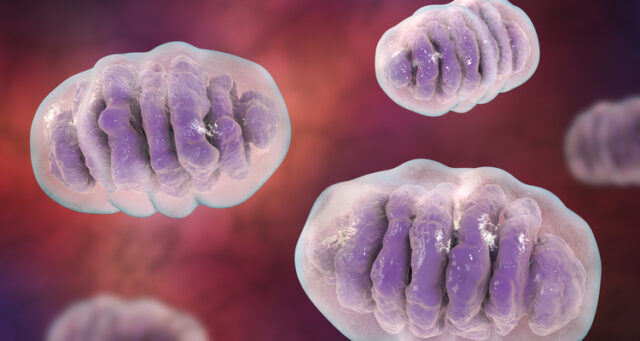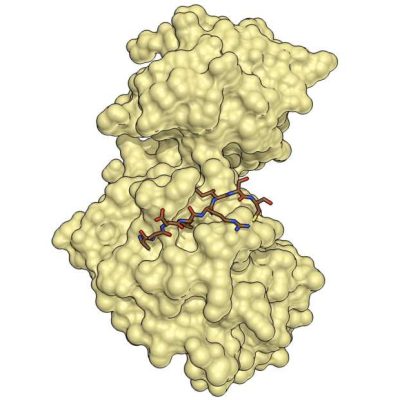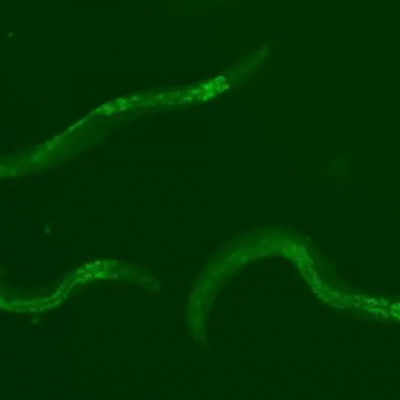Tiny cellular structures, known as organelles, are in constant communication, akin to the organs of a cell. The discovery of GPS2, a messenger protein in mammals, sheds light on this interplay. Unlike its counterparts in yeasts and worms, GPS2 relocates from the mitochondria to the nucleus during the differentiation of fat cells and under stress.
Text behind: Mitochondria, hailed as the cell’s energy station, generate energy crucial for cell function using oxygen from nutrients. Their proper operation is pivotal for cellular and tissue health, with disruptions linked to aging, cancer, obesity, type II diabetes, and neurological disorders.
Mitochondria inherit only from the maternal line and possess their own DNA. Despite having a unique genetic code, they cannot function independently of the nucleus. Under stress, mitochondria communicate with the nucleus, aiding stressed mitochondria in restoring function or multiplying.
A study featured in the journal Molecular Cell (March 2018) compared normal and genetically modified cells with GPS2 production inhibition. GPS2, also known as G protein-coupled pathway inhibitor 2, proved crucial, as cells lacking it experienced a significant decrease in mitochondria and fat cells. Study co-author Valentina Perissi, Ph.D., and assistant professor of biochemistry at Boston University School of Medicine (USA), notes, “We also noticed that GPS2-deficient cells were unable to recover from mitochondrial stress.”
Unveiling the role of GPS2 enhances our understanding of mammalian biochemistry. This revelation extends beyond basic cell biology knowledge, contributing to the exploration of mitochondrial diseases and potential treatments.










